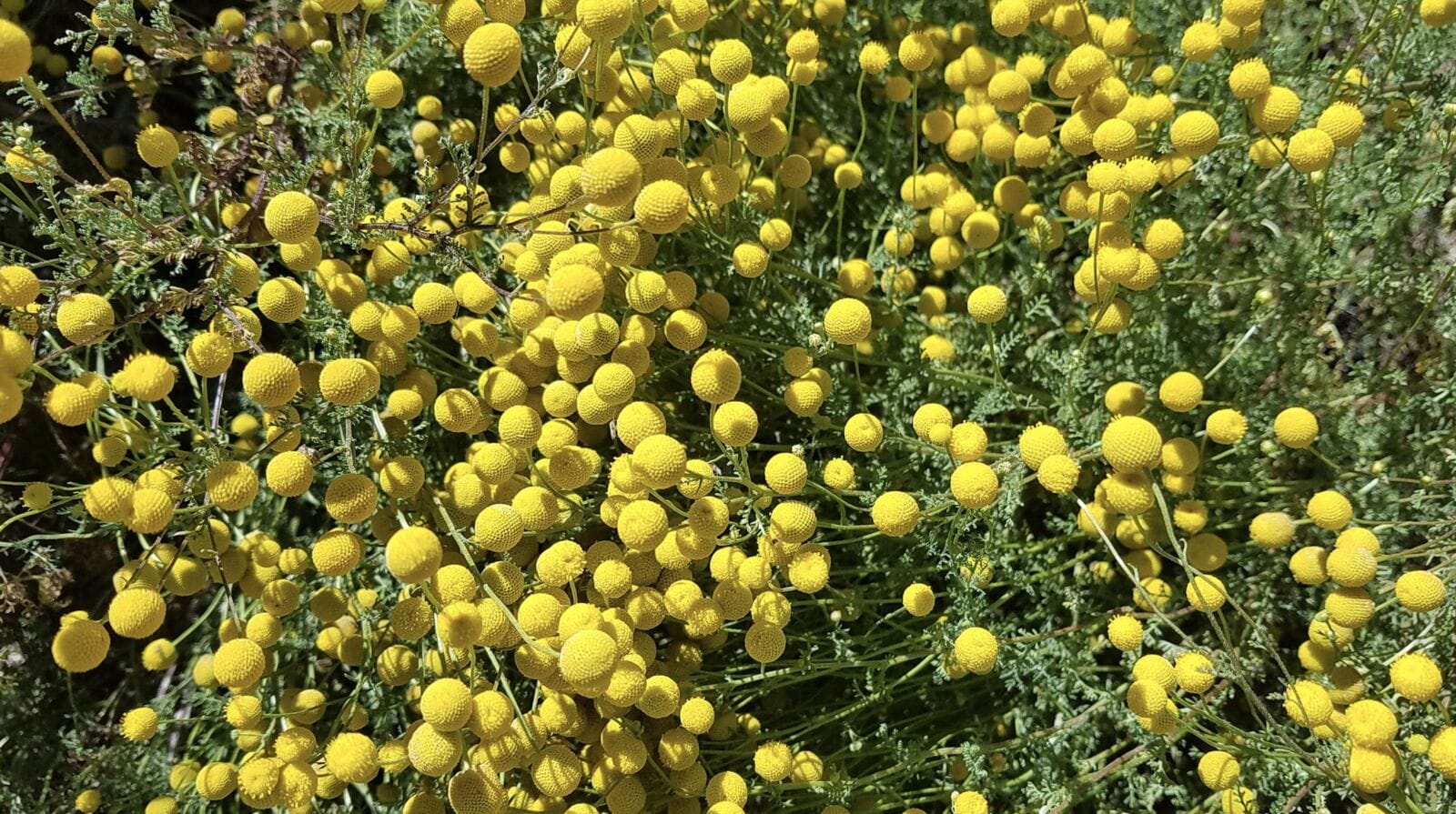If you’ve noticed a new weed in Arizona triggering your allergies in recent years, you are not alone. Stinknet, a noxious and invasive species of weed native to South Africa is sprouting along the Southwest. This species could not only instigate allergy reactions, but also damage the local ecosystem as it continues to spread throughout Arizona.
MORE NEWS: Ranking Arizona: Top 10 staycations for 2024
Characteristics and Health Risks of Stinknet
The weed, known for its leafy “carrot-like” dark green foliage and bright yellow flowers, has a strong, pungent odor. The blooms can wreak havoc on those who already suffer from seasonal allergies. The pollen often triggers headaches, asthmatic reactions, and sinus irritation. The plant itself poses its own risk as the oils within the leaves can cause blisters and rashes when it comes to contact with skin.
Preventive Measures Against Stinknet Irritation
Both animals and humans alike can experience irritation from stinknet, making it important to implement habits that keep reactions at bay. After exposure to stinknet, pet owners should give their pets a quick wipe with a pet cloth to remove any pollen or seeds that their furry friend might be carrying from their time outside. Not only does this prevent stinknet reactions but also reactions to other common allergy triggers! Those who spend a lot of time outside should make it a ritual to change their clothing and wash their hands when coming back indoors. This helps stop the spread of the weeds while simultaneously preventing reactions.
Environmental Impact of Stinknet
In addition to the health risks stinknet can cause, the environmental effect of this non-native plant spreading throughout the state is huge. Large infestations crowd out native plants and spread to surrounding areas quickly, especially after a wet winter. While it not only impacts the native plants and animals who are part of the delicate Arizona eco-system, stinknet also poses a huge fire risk as it dries. This highly-flammable brush topped with tiny seed heads increase the spread of the weed while also endangering the area around it.
Effective Removal Strategies for Stinknet
What should you do if you see this pesky weed growing in your yard? Proper removal techniques are imperative when it comes to preventing more plants from popping up. Burning the plant can be dangerous, as the smoke is corrosive to the lungs. I recommend that the weed is removed either physically with all its roots or by using a pre-emergent herbicide to prevent it from growing. Make sure to wear gloves while removing this plant, and dispose of the weed in bags to prevent the seeds from spreading.
For more information or to make an appointment, visit https://www.relieveallergyaz.com/ or call (480) 500-1902.
Author: Dr. Julie Wendt earned Bachelor of Science degrees in biochemistry and biology honors from the University of Illinois, a Ph.D. in microbiology and immunology from Vanderbilt University and a Doctor of Medicine degree from the University of Tennessee College of Medicine. She completed residency at Rush-Presbyterian-St. Luke’s Medical Center and an allergy and immunology fellowship at Rush University Medical Center, both in Chicago. In private practice since 2005, Dr. Wendt has published a great deal of research. She has received the American Medical Association Physician’s Recognition Award, a Patient’s Choice Award and is noted as one of America’s Top Physicians. Dr. Wendt is former President of the Arizona Allergy and Asthma Society. For more information, visit https://relieveallergyaz.com/.




